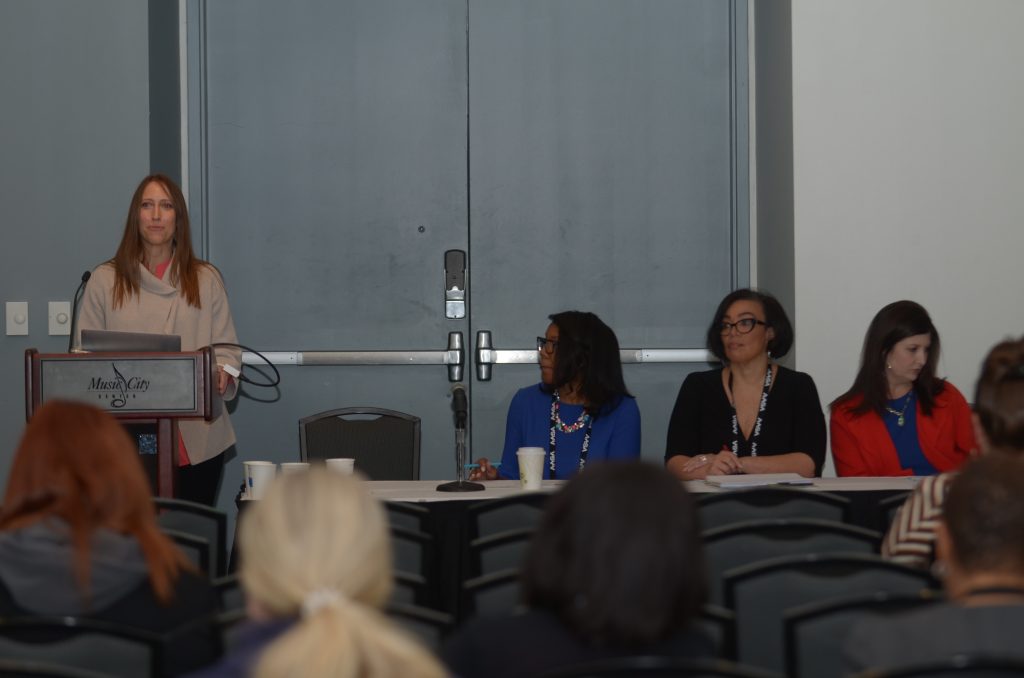During the pandemic, Guilford County Schools in Greensboro, N.C., provided a quick flexible response to the needs of its most vulnerable student populations.
In a panel discussion Saturday at the AASA national conference in Nashville, Bree Dusseault, practitioner-in-residence at the Center on Reinventing Public Education at University of Washington-Bothell, discussed two districts that executed learning hubs successfully.
Guilford County Schools organized learning hubs that provide flexible settings for snacks, meals, instructional supports, academic tutors, SEL supports and enrichment opportunities for students. Superintendent Sharon Contreras sees that level of flexibility as a means to re-engage students. She hopes public schools would use them more frequently moving forward.
“Outside of high-dosage tutoring, we used the learning hubs to work with students on issues of advocacy and social justice,” Contreras said. “We (even) registered all of the learning hub students [who were eligible] to vote.”
Learning hubs also offer a place for students to go during the summer, after school and on weekends to catch up on schoolwork or academic skills. They provide students with spaces for family engagement nights, art therapy, and course credit recovery, according to Contreras.
Hubs are staffed by a mixture of teachers who are well compensated, student peer tutors who earn an hourly wage and graduate students from local universities. Guilford offers stipends of up to $200 per student to pay for Uber or Lyft when bus transportation is unavailable.
Part of the success of the hubs is attributed to the way students created their own learning paths. In Guilford, they engage with the learning hub champion, usually an assistant principal, in a one-on-one meeting to set personal goals at the onset of attendance.
In Indianapolis Public Schools, Superintendent Aleesia Johnson described how the district partnered with community-based organizations to provide learning hubs beyond those offered at school locations.
The big question on both superintendents’ minds? Sustainability. When federal or state funds no longer subsidize these summer and after-school programs, how will districts pay for the services?
Johnson has rallied financial support for the learning hubs programming in Indianapolis Public Schools. Contreras believes the district will find a way to continue to fund learning hubs. Her main concern is for her staff who are in danger of teacher burnout.
‘When other professionals returned to work after the pandemic, they arrived to a new world of flexible scheduling,” Contreras says. “Teachers did not.
She would like for the country as a whole to examine its thinking about the workday of a teacher and consider the lessons learned during the pandemic.
The learning hubs that were born out of necessity in Guilford and Indianapolis schools provided significant opportunities and achieved significant gains. Guilford County Schools achieved the highest graduation rate in North Carolina in 2021. Johnson’s schools saw remarkable gains in math and literacy scores — even from students who attended at community locations.
(Kate Crowder is a reporter for Conference Daily Online and communications director in Germantown Municipal School District, Germantown, Tenn. She is also president of Tennessee School Public Relations Association.)

